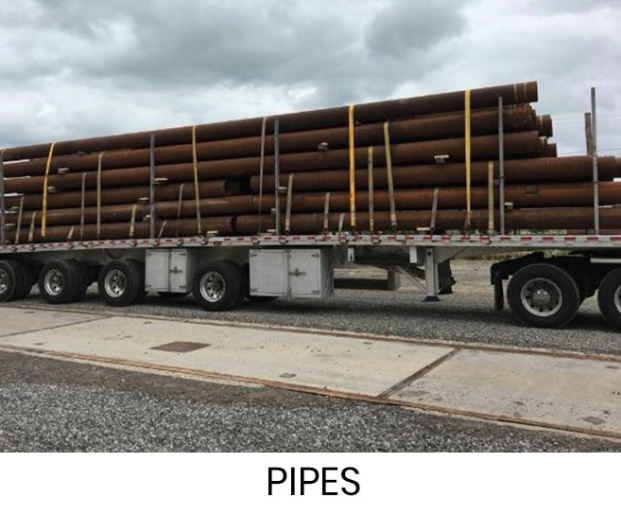Steel pipes are one of the most widely used and essential components in modern construction, engineering, and industrial systems. These cylindrical tubes made of steel serve a variety of functions, including transporting fluids and gases, providing structural support, and withstanding high-pressure conditions. Thanks to their strength, durability, and adaptability, steel pipe have become a key material in sectors ranging from oil and gas to construction, manufacturing, water systems, and more.
What Are Steel Pipes?
A steel pipe is a long, hollow cylinder typically made from carbon steel, alloy steel, or stainless steel. Steel pipes come in various diameters, thicknesses, and lengths, and they are manufactured either as seamless or welded.
- Seamless steel pipes are made from a solid piece of steel that is heated and then extruded into a tube. These pipes have no joints or seams, making them ideal for high-pressure applications.
- Welded steel pipes are formed by rolling steel plates or strips and welding the seam. These are typically more cost-effective and suitable for low- to medium-pressure applications.
Types of Steel Used in Pipes
- Carbon Steel:
The most common type, offering excellent strength and affordability. Used widely in water, gas, and oil transportation. - Stainless Steel:
Contains chromium and other alloys, providing high corrosion resistance. Ideal for food processing, chemical plants, and medical applications. - Alloy Steel:
Made with other metals like nickel, molybdenum, or manganese for improved heat resistance and strength.
Applications of Steel Pipes
Steel pipes are used in a wide variety of industries due to their mechanical properties and adaptability:
- Oil and Gas Industry:
Steel pipes are extensively used to transport crude oil, natural gas, and petroleum products. Their ability to withstand high pressure and harsh environments makes them ideal for pipelines and drilling. - Construction and Infrastructure:
In building construction, steel pipes serve as structural supports, scaffolding, and piling. They are also used in water supply systems, sewage systems, and drainage networks. - Mechanical and Automotive:
Steel pipes are used in engines, hydraulic systems, exhaust systems, and other vehicle components due to their durability and ability to handle high temperatures. - Plumbing and Water Systems:
Steel pipes, especially galvanized and stainless steel types, are used to transport potable water and wastewater safely. - Fire Protection Systems:
High-strength steel pipes are a critical part of sprinkler systems and fire suppression pipelines. - Industrial Manufacturing:
Used in conveying steam, chemicals, and other industrial fluids, as well as in the fabrication of machinery.
Advantages of Steel Pipes
- High Strength and Durability:
Steel pipes can endure heavy loads, high pressure, and extreme temperatures, making them suitable for demanding applications. - Corrosion Resistance:
Stainless and galvanized steel pipes are highly resistant to rust and chemical corrosion. - Longevity:
With proper maintenance, steel pipe can last for decades, providing long-term value. - Versatility:
Steel pipes come in a variety of sizes, thicknesses, and finishes to suit different needs. - Recyclability:
Steel is a 100% recyclable material, making steel pipes an eco-friendly choice for sustainable projects. - Ease of Fabrication:
Steel pipes can be easily cut, bent, welded, and shaped to meet specific requirements in construction and manufacturing.
Steel Pipe vs. Steel Tubing
While both may look similar, steel pipes and steel tubing serve different purposes. Pipes are primarily used for transporting fluids and are measured by internal diameter. Tubes are used in structural applications and are measured by outside diameter. Pipes prioritize flow capacity, while tubes focus on strength and precision.
Conclusion
Steel pipes are a cornerstone of modern infrastructure and industry. Their unmatched combination of strength, versatility, and resistance to extreme conditions makes them indispensable in a variety of applications. From carrying oil beneath the ocean to supporting the framework of towering skyscrapers, steel pipes help power the world around us.
With continued advancements in metallurgy and manufacturing, steel pipes are likely to remain at the forefront of engineering and construction for decades to come.
